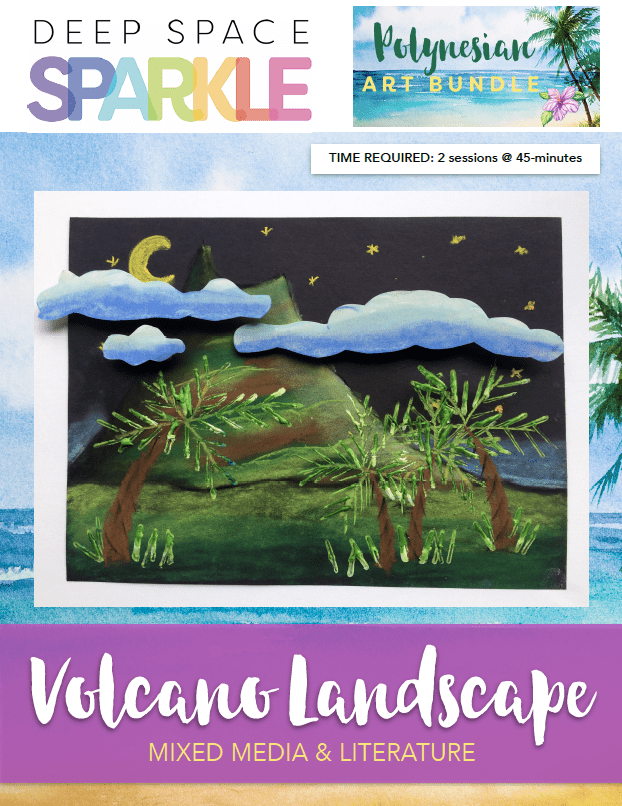
Hula Lullaby by Erin Eitter Kono is a beautifully illustrated book about the sights and sounds of a Hawaiian luau. I love how the bright illustrations pop against the dark,... Learn More

This is an art lesson based on the book, Yellow Kayak by Nina Laden & Melissa Castrillon. It is a beautifully illustrated story about adventure and friendship geared toward ages... Learn More
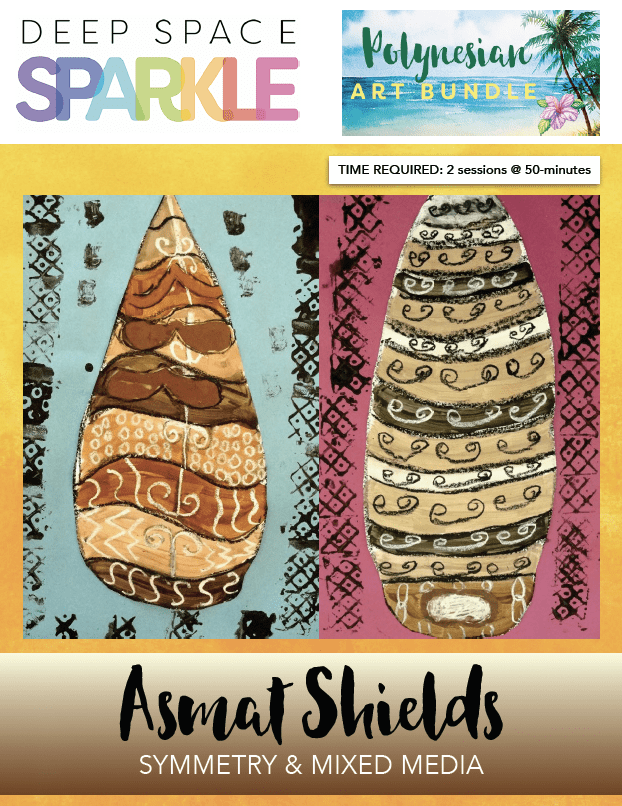
This lesson is an excellent introduction to symmetry. Creating these shields will be exciting for students because they will be painting and creating foam stamps. Additionally, students will need to... Learn More
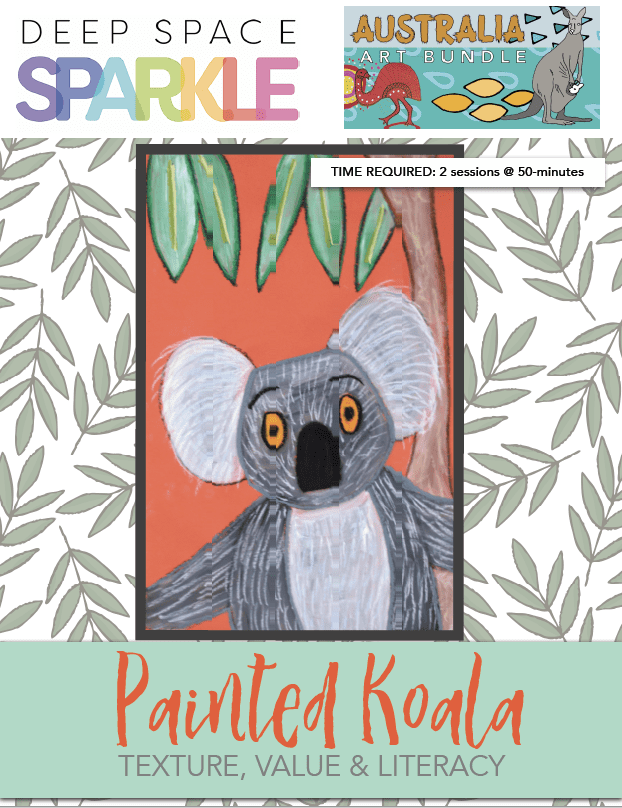
This lesson includes a literacy tie-in, drawing/tracing skills, painting and creating tints, as well as using chalk pastel to create texture. A template is provided to help the children learn... Learn More
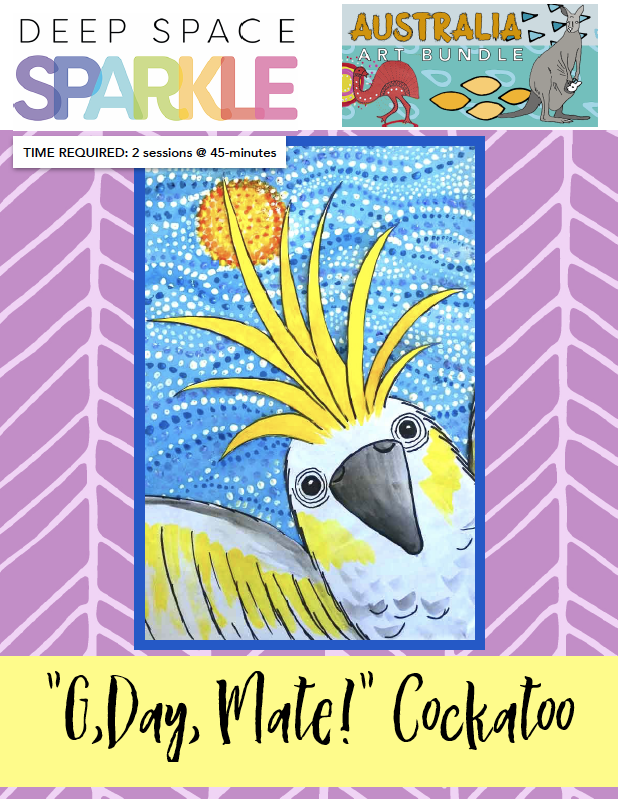
“G’Day, Mate!” features a fun Pointillism technique that students will love exploring! With this technique, students will first mix different values of blue and then strategically place dots of paint... Learn More
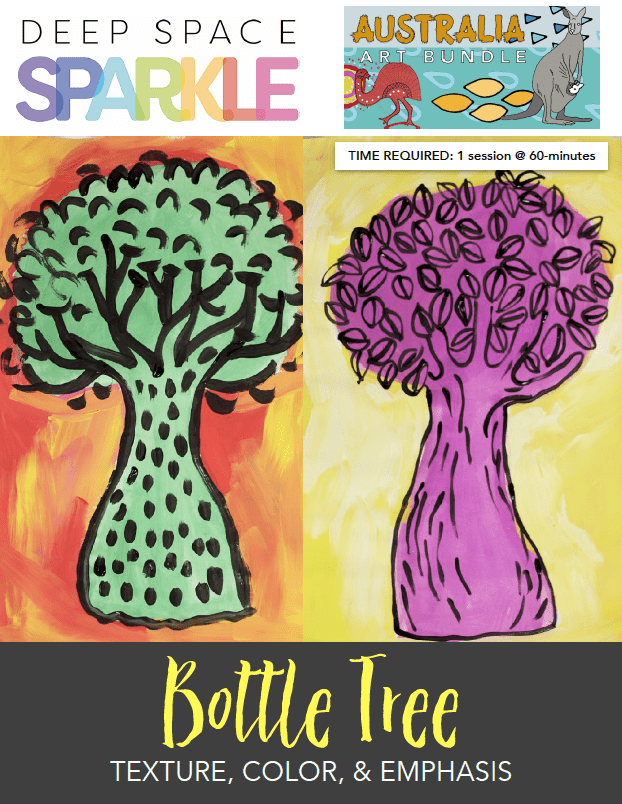
After learning about Australia’s bottle trees from the book, Strange Trees and the Stories Behind Them by Bernadette Pourquié & Cécile Gambini, students will be inspired to create a striking... Learn More
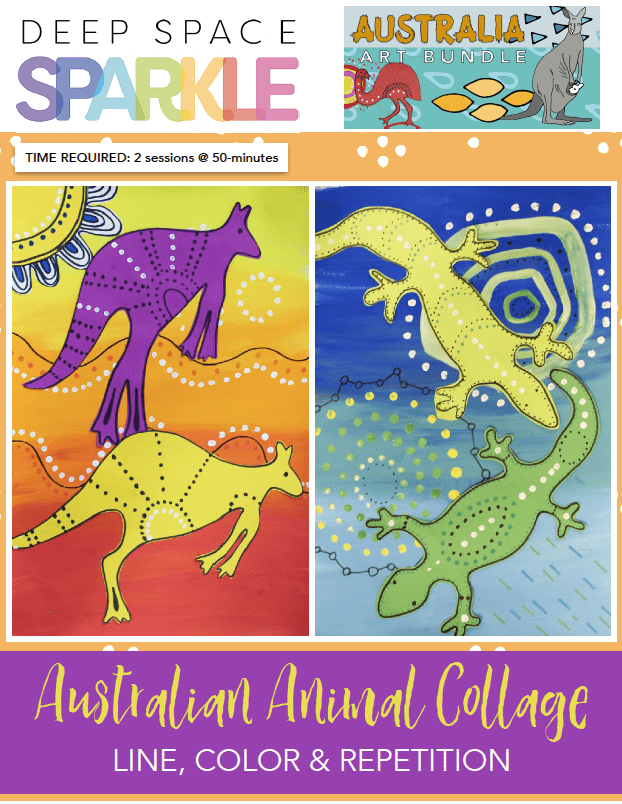
Ros Moriarty and Balarinji teamed up to create fantastic children’s books such as Kangaroos Hop and Splosh for the Billabong that serve as the inspiration for these bright and colorful... Learn More

Wow! America! by Robert Neubecker is one of my favorite resources for art lessons. This is the book that inspired this lesson but only for the illustrations. I would recommend... Learn More
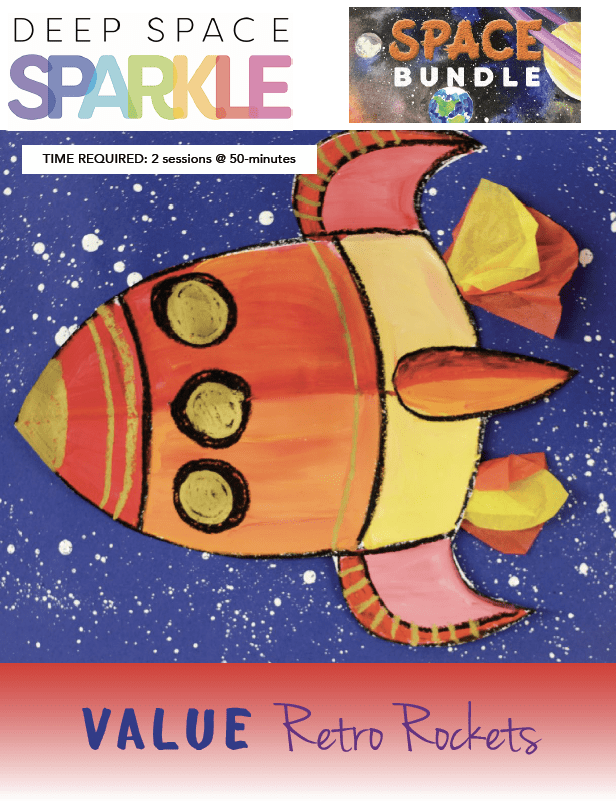
Not only is this lesson a “blast” for kids to make, but it also emphasizes color, value, texture, drawing and mixed-media. The children begin by creating a splatter painted background... Learn More
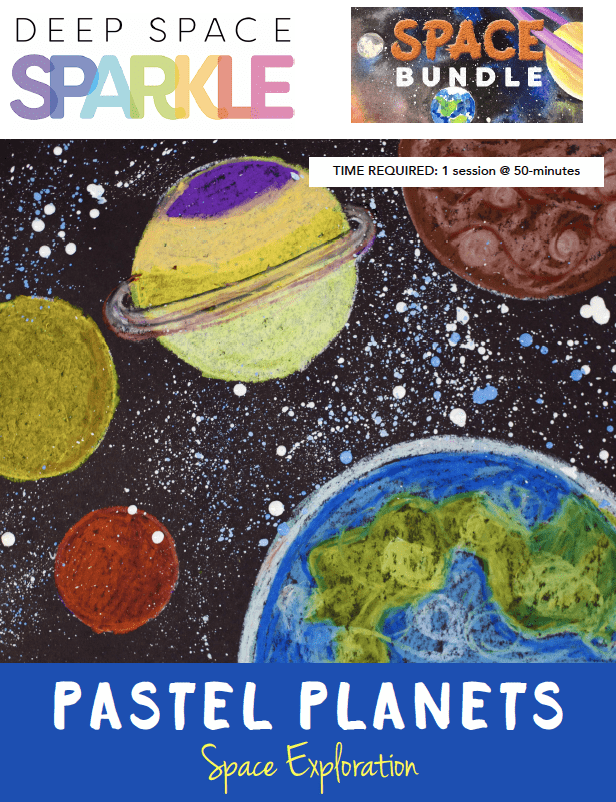
3rd and 4th graders will enjoy creating their own outer space compositions. They will learn about space through literature and science connections, preparing them for their creative spin on planets... Learn More
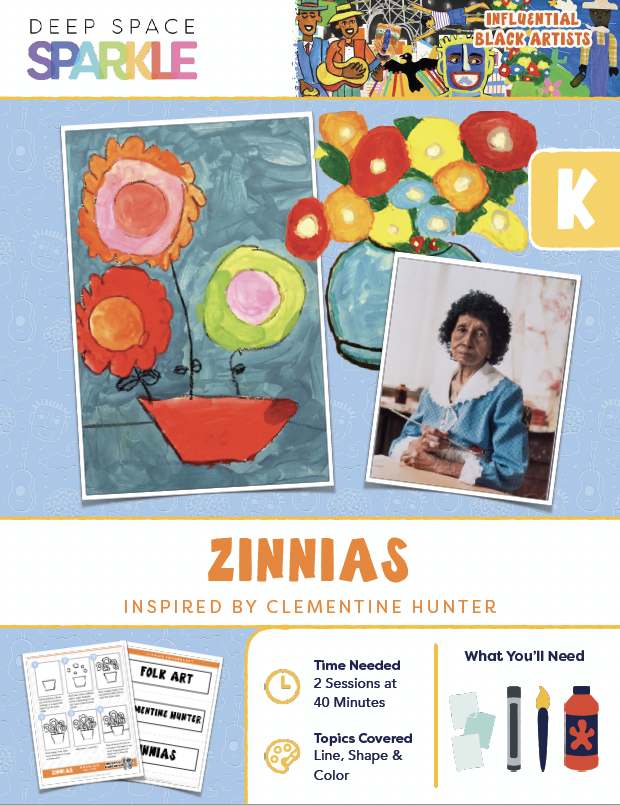
It’s always impressive (and deeply gratifying) to see five-year-olds work freely with paints. While this is the goal of many art teachers, teaching a five-year-old to draw large enough so... Learn More
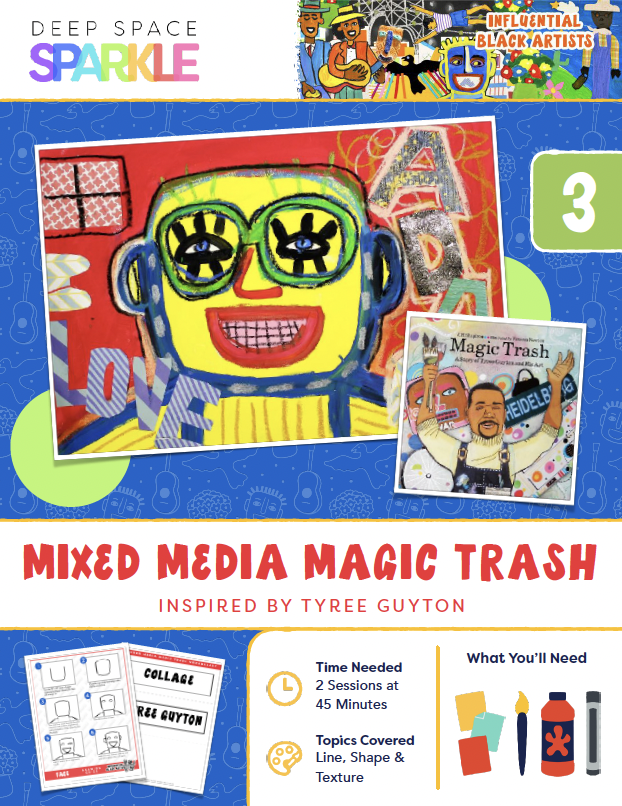
This project encourages children to look at trash or recycled goods in a whole new way. Inspired by the book Magic Trash, children draw “Faces of God” in the style of... Learn More
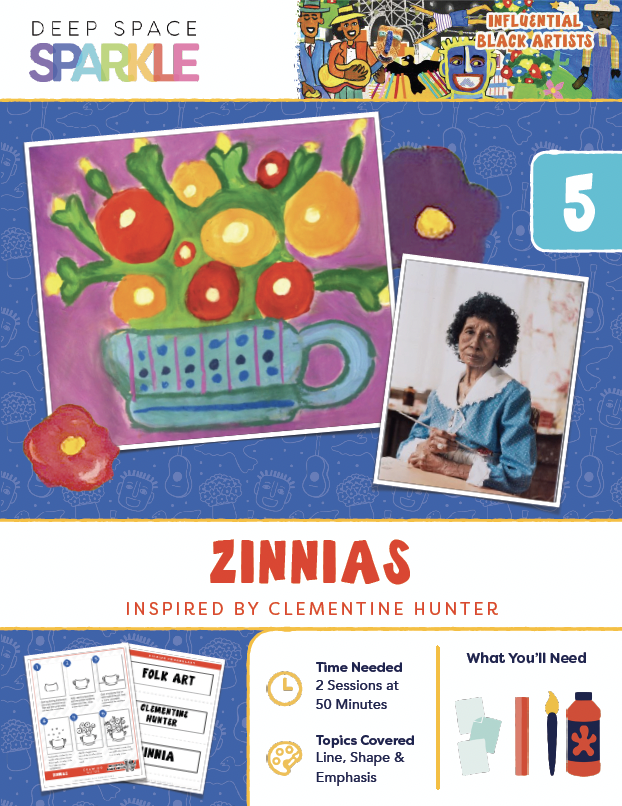
One thing that I love most about drawing with pastels, both oil and chalk, is that is generally encourages students to draw big. In this project, students will use chalk... Learn More
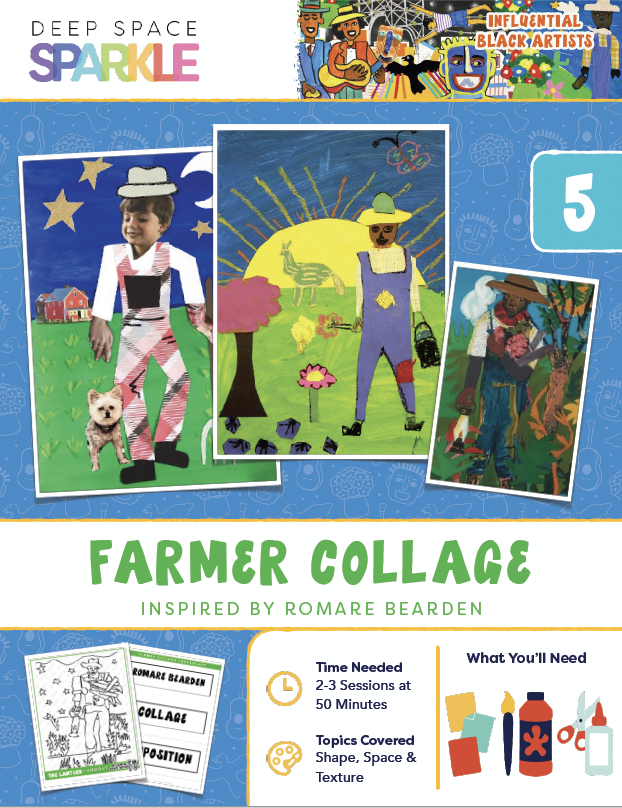
This lesson explores the work of artist Romare Bearden while emphasizing mixed-media collage, cutting, arranging, gluing, texture, and space. Students complete this multi-step project while coming to an understanding that a... Learn More
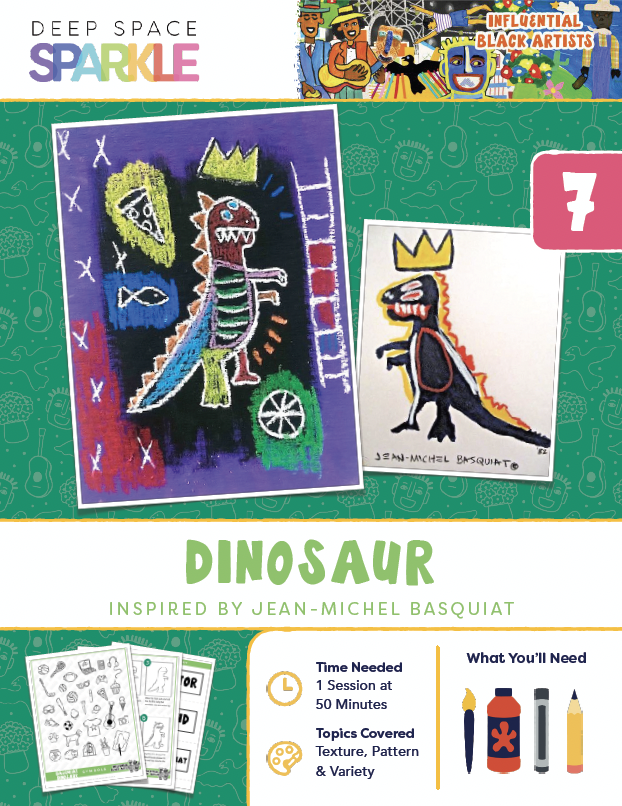
This lesson encourages children to develop their own symbols and signature style. They will have the opportunity to use their creativity to create unique icons in the style of American... Learn More
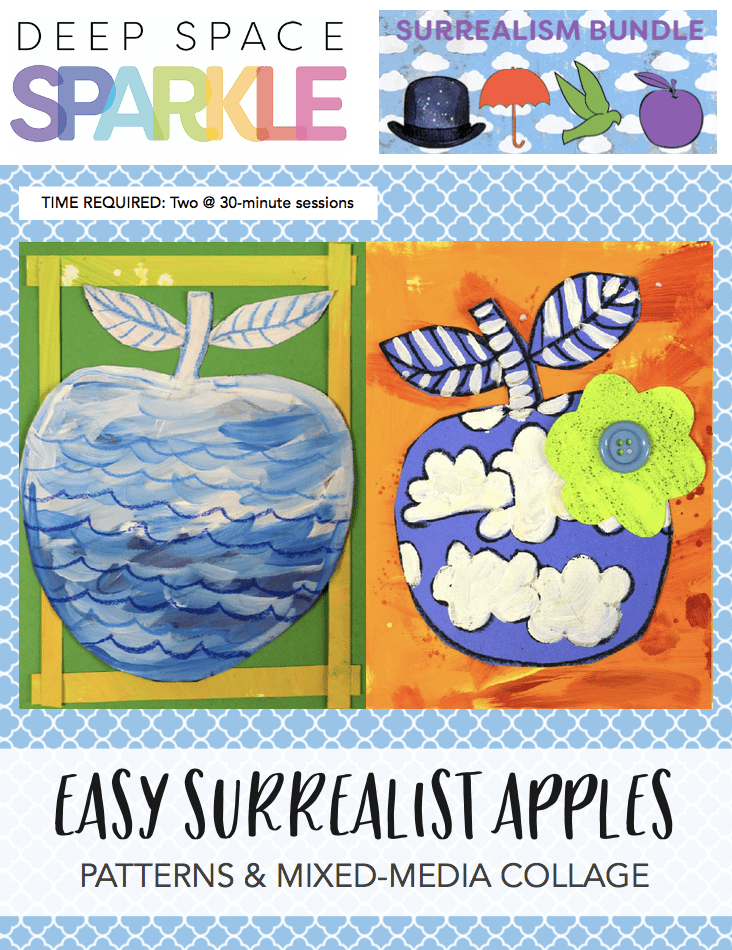
In this lesson, children use painted paper or colored paper for the backdrop to a colorful, surrealist apple. Children learn about René Magritte and why apples appear in many of... Learn More
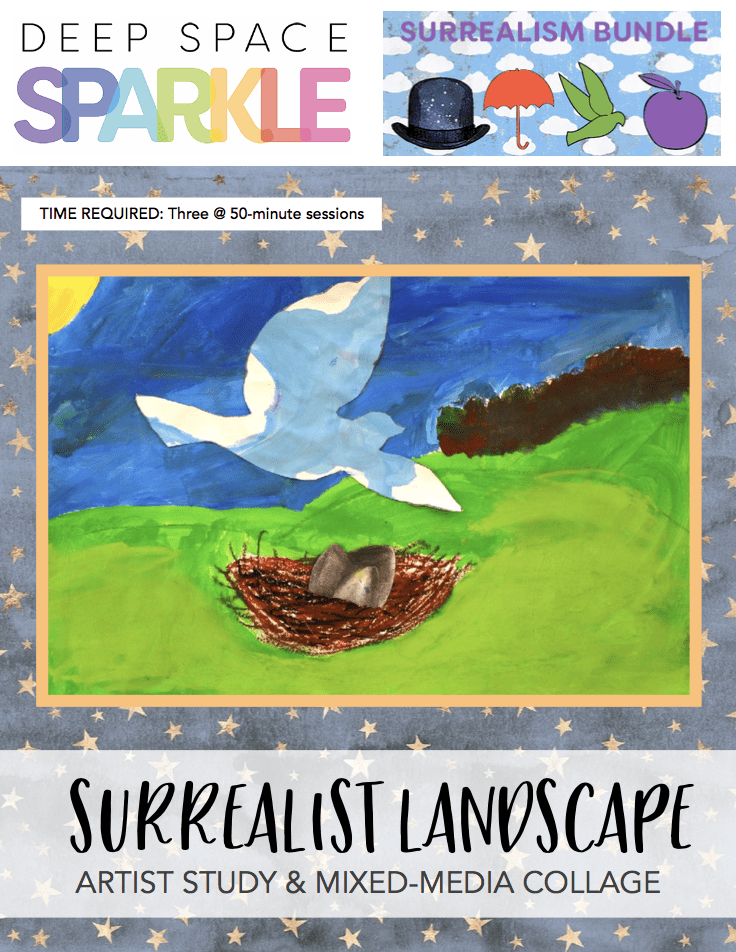
In this lesson, children create layers of Surrealism. Inspired by René Magritte’s painting, The Return, children paint clouds, create a template, paint a landscape and add a nest of eggs.... Learn More
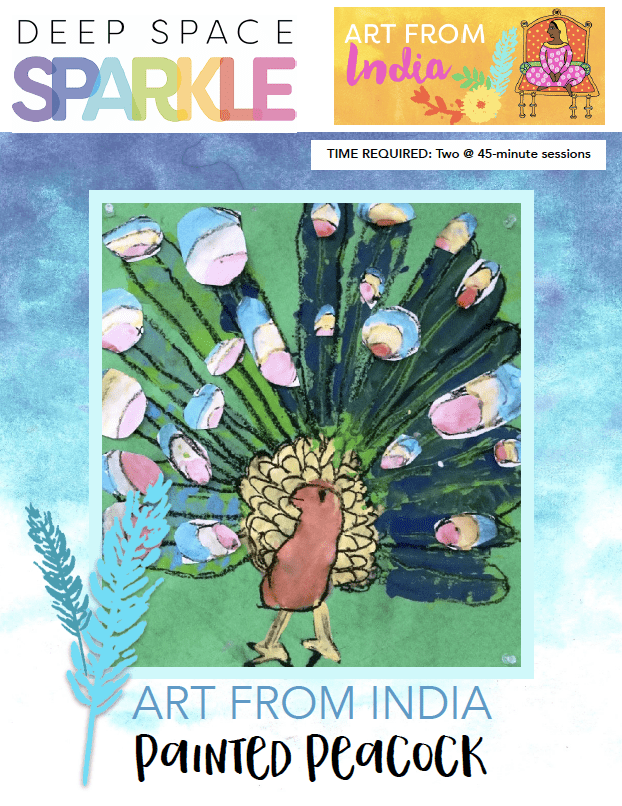
This project can be done a couple of ways: drawing & painting the peacock on colored paper and leaving it, or drawing & painting the peacock on white paper, cutting... Learn More